Anilinoacetic acid
Synonym(s):(Phenylamino)acetic acid;Anilinoacetic acid
- CAS NO.:103-01-5
- Empirical Formula: C8H9NO2
- Molecular Weight: 151.16
- MDL number: MFCD00014009
- EINECS: 203-070-2
- SAFETY DATA SHEET (SDS)
- Update Date: 2024-12-18 14:15:30
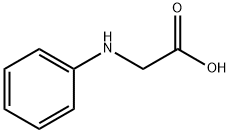
What is Anilinoacetic acid?
Chemical properties
ochre to yellow-brown fine powder
The Uses of Anilinoacetic acid
N-Phenylglycine is a derivative of Glycine (G615990). N-Phenylglycine is also sometimes coupled with Glycidyl methacrylate to create a surface active comonomer that promotes adhesive bonding of materials to hard tooth tissues.
Definition
ChEBI: A glycine carrying an N-phenyl substituent.
Properties of Anilinoacetic acid
| Melting point: | 121-123 °C (lit.) |
| Boiling point: | 273.17°C (rough estimate) |
| Density | 1.2023 (rough estimate) |
| refractive index | 1.5810 (estimate) |
| storage temp. | Store at RT. |
| solubility | DMSO (Sparingly), Methanol (Slightly) |
| form | Fine Powder |
| pka | 1.83, 4.39(at 25℃) |
| color | Ochre to yellow-brown |
| Water Solubility | moderately soluble |
| Merck | 14,7292 |
| BRN | 509838 |
| CAS DataBase Reference | 103-01-5(CAS DataBase Reference) |
| NIST Chemistry Reference | N-Phenylglycine(103-01-5) |
| EPA Substance Registry System | Glycine, N-phenyl- (103-01-5) |
Safety information for Anilinoacetic acid
| Signal word | Warning |
| Pictogram(s) |
 Exclamation Mark Irritant GHS07 |
| GHS Hazard Statements |
H315:Skin corrosion/irritation H319:Serious eye damage/eye irritation H335:Specific target organ toxicity, single exposure;Respiratory tract irritation |
| Precautionary Statement Codes |
P261:Avoid breathing dust/fume/gas/mist/vapours/spray. P305+P351+P338:IF IN EYES: Rinse cautiously with water for several minutes. Remove contact lenses, if present and easy to do. Continuerinsing. |
Computed Descriptors for Anilinoacetic acid
New Products
Tert-butyl bis(2-chloroethyl)carbamate 4-Methylphenylacetic acid N-Boc-D-alaninol N-BOC-D/L-ALANINOL N-octanoyl benzotriazole 3-Morpholino-1-(4-nitrophenyl)-5,6-dihydropyridin- 2(1H)-one Furan-2,5-Dicarboxylic Acid DIETHYL AMINOMALONATE HYDROCHLORIDE 1,1’-CARBONYLDIIMIDAZOLE R-2-BENZYLOXY PROPIONIC ACID 1,1’-CARBONYLDI (1,2-4 TRIAZOLE) N-METHYL INDAZOLE-3-CARBOXYLIC ACID (2-Hydroxyphenyl)acetonitrile 4-Bromopyrazole 5-BROMO-2CYANO PYRIDINE 5,6-Dimethoxyindanone 5-broMo-2-chloro-N-cyclopentylpyriMidin-4-aMine 2-(Cyanocyclohexyl)acetic acid 4-methoxy-3,5-dinitropyridine 1-(4-(aminomethyl)benzyl)urea hydrochloride 2-aminopropyl benzoate hydrochloride diethyl 2-(2-((tertbutoxycarbonyl)amino) ethyl)malonate tert-butyl 4- (ureidomethyl)benzylcarbamate Ethyl-2-chloro((4-methoxyphenyl)hydrazono)acetateRelated products of tetrahydrofuran
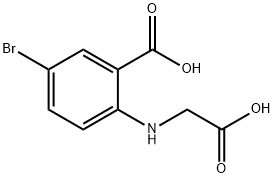
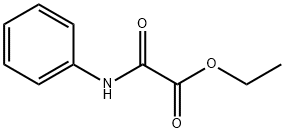

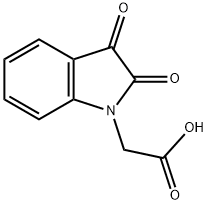
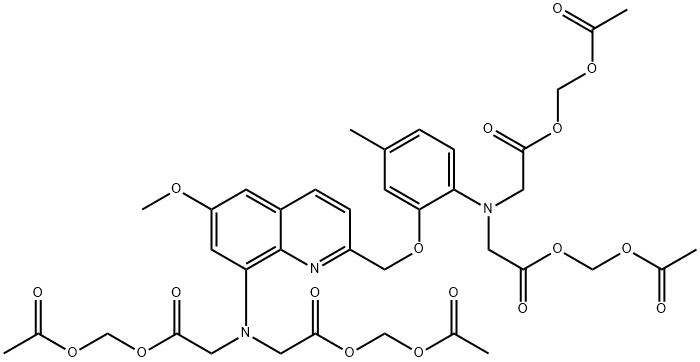
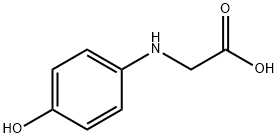

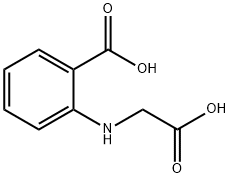
You may like
-
 N-Phenylglycine CAS 103-01-5View Details
N-Phenylglycine CAS 103-01-5View Details
103-01-5 -
 N-Phenylglycine 97% CAS 103-01-5View Details
N-Phenylglycine 97% CAS 103-01-5View Details
103-01-5 -
 N-Phenylglycine CAS 103-01-5View Details
N-Phenylglycine CAS 103-01-5View Details
103-01-5 -
 1975-50-4 98%View Details
1975-50-4 98%View Details
1975-50-4 -
 2-HYDROXY BENZYL ALCOHOL 98%View Details
2-HYDROXY BENZYL ALCOHOL 98%View Details
90-01-7 -
 14714-50-2 (2-Hydroxyphenyl)acetonitrile 98+View Details
14714-50-2 (2-Hydroxyphenyl)acetonitrile 98+View Details
14714-50-2 -
 118753-70-1 98+View Details
118753-70-1 98+View Details
118753-70-1 -
 733039-20-8 5-broMo-2-chloro-N-cyclopentylpyriMidin-4-aMine 98+View Details
733039-20-8 5-broMo-2-chloro-N-cyclopentylpyriMidin-4-aMine 98+View Details
733039-20-8
Statement: All products displayed on this website are only used for non medical purposes such as industrial applications or scientific research, and cannot be used for clinical diagnosis or treatment of humans or animals. They are not medicinal or edible.